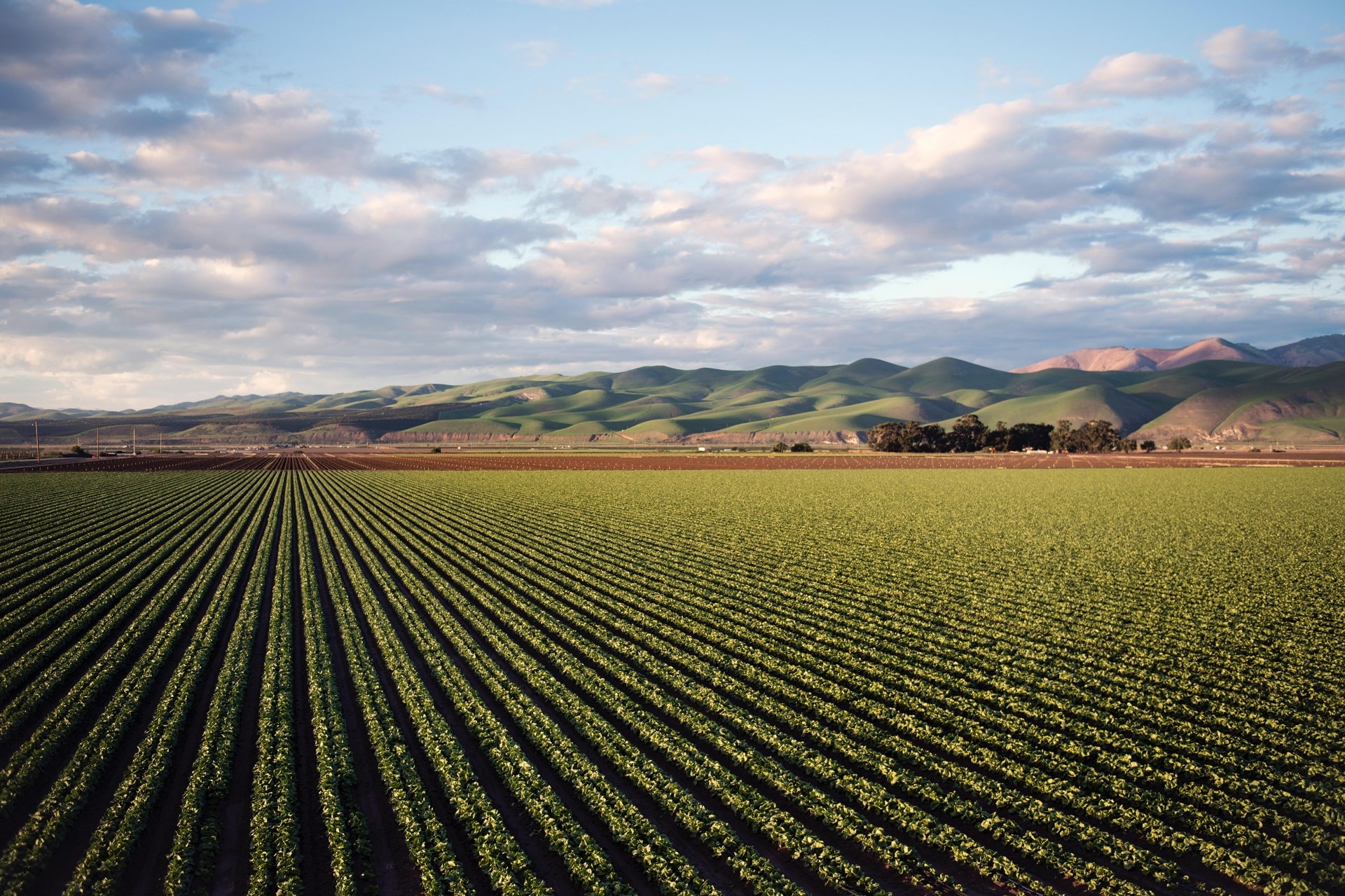A concerning recent increase in undernourishment
[1] https://unstats.un.org/sdgs/indicators/Global%20Indicator%20Framework%20after%202022%20refinement_Eng.pdf
[2] https://education.nationalgeographic.org/resource/opinion-we-can-end-hunger-heres-how
[3] https://www.who.int/news/item/06-07-2022-un-report--global-hunger-numbers-rose-to-as-many-as-828-million-in-2021
[4] Ibid.
[5] https://www.fao.org/3/i4951e/i4951e.pdf
[6] https://ceres2030.iisd.org/wp-content/uploads/2021/07/ceres2030-nature-portfolio-.pdf
[7] https://ceres2030.iisd.org/wp-content/uploads/2021/07/ceres2030-nature-portfolio-.pdf
[8] https://www.fao.org/3/i4951e/i4951e.pdf
[9] A partnership between Cornell University, the International Food Research Policy Institute, and the International Institute for Sustainable Development, and funded by the Federal Ministry of Economic Cooperation and Development of Germany and the Bill and Melinda Gates Foundation. It aims to achieve a world without hunger, where small-scale producers enjoy greater agricultural incomes and productivity, in a way that supports sustainable food systems
[10] https://ceres2030.iisd.org/wp-content/uploads/2021/07/ceres2030-nature-portfolio-.pdf
[11] https://ceres2030.iisd.org/wp-content/uploads/2021/07/ceres2030-nature-portfolio-.pdf
[12] https://globalagriculturalproductivity.org/wp-content/uploads/2019/01/2014_GAP_Report.pdf
[13] https://www.agdevco.com/site/assets/files/1020/agdevcosdg.pdf
[14] https://www.gatesfoundation.org/our-work/programs/global-growth-and-opportunity/agricultural-development
[15] https://www.globalcitizen.org/en/content/why-smallholder-farmers-need-funding/
[16] https://www.cimmyt.org/projects/heat-stress-tolerant-maize-for-asia-htma/
[17] China (mainland); Colombia; Côte d'Ivoire; Ethiopia; India; Kenya; Nigeria; Peru; the Philippines; Ukraine. These countries were selected given their geographic spread, status as LMICs, and receipt of comparatively large volumes of development funding (to ensure the significance of across-year trends).
[18] World Bank data (agriculture, forestry and fishing, value added - constant 2015 US$); author’s calculations using ten countries listed above, except Cote d’Ivoire for which insufficient data were available.
[19] Food and Agriculture Organisation of the United Nations, Summary Report, Food wastage footprint: Impacts on natural resources. Natural Resources Management and Environment Department. Food and Agriculture Organisation of the United Nations. Rome, Italy, 2013.
[20] https://www.worldhunger.org/world-hunger-and-poverty-facts-and-statistics/




